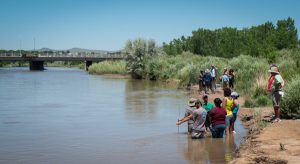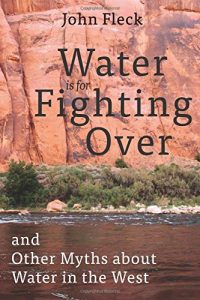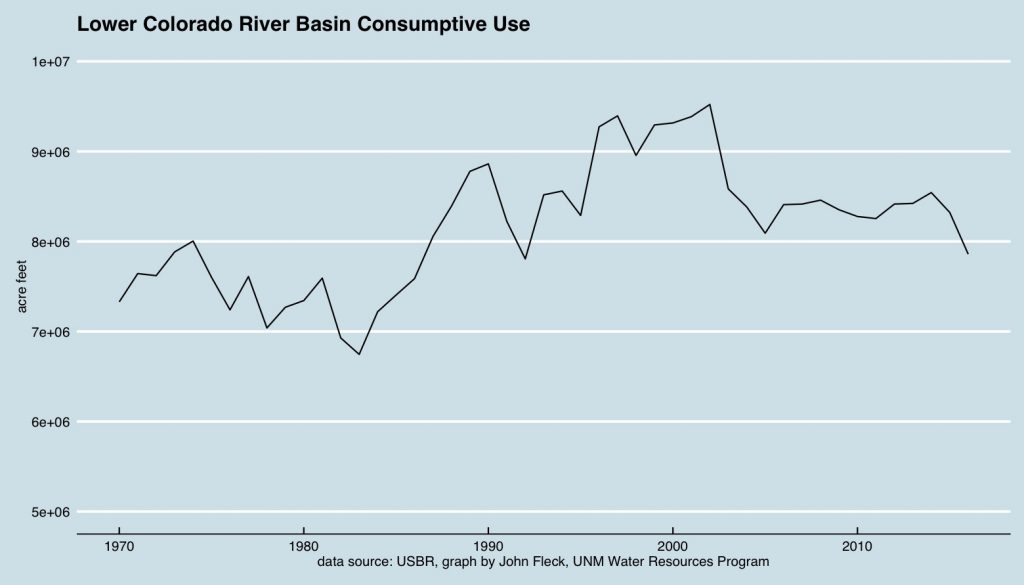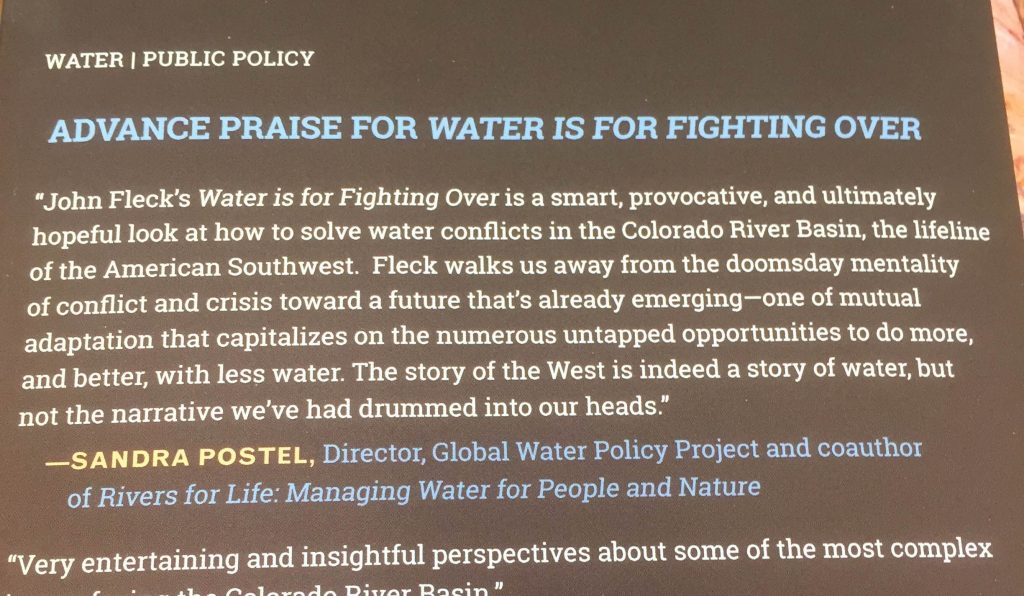On the Public Record posted yesterday soliciting water management recommendations for the new presidential administration (and offering some of their own). As happens with that smart blog and audience, cool ideas quickly emerged – better use of remote sensing to measure water use in something closer to real time, municipal leak detection, planning grants for local-level water management, and on. I offered this:
Fund educational opportunities in technical and policy and management skills to build capacity among the next generation of water managers, with special emphasis on members of currently under-represented communities. So that all the cool stuff other people are suggesting in this thread can be well used/executed.
I’ve been thinking about this issue a lot in the year and a half since I left a career in newspaper journalism and began heading down this strange new path I’m on. I left to write a book, because I’ve been a journalist all my life and that’s what one does. But as I was working on the book, holed up in an office in the little corner of the University of New Mexico economics building occupied by UNM’s Water Resources Program, I was increasingly struck by the opportunity I’d stumbled into.

UNM water resources students measuring the Rio Grande
Let me explain the WRP.
We’re a small program that grants interdisciplinary masters degrees in water management. We provide students with a grounding in both the technical aspects of water management – hydrology, climate, geochemistry, modeling – as well as the policy aspects, stuff like law and governance. If you look around New Mexico water management, you see our graduates’ fingerprints on things that matter. Santa Fe’s Buckman Direct Diversion, which helped that city diversify its water portfolio and reduce its dependence on groundwater? One of our grads helped develop that project. Albuquerque’s effort to expand aquifer storage and recovery? Yup, one of our grads. The struggle to get the Air Force to deal with groundwater contamination from an old fuel spill on Albuquerque’s south side? Quietly, one of our grads tenaciously pushed that rock up the hill.
Water management’s grand gestures are the ones we notice (Hoover Dam, the San Juan-Chama Project, Adams Tunnel), but mostly water management is the accumulation of zillions of smaller things done by motivated people who care. In working with Water Resource Program students, I began to see the opportunity to help with that part of the project of making water management work. The students are smart and engaged and passionate, which offers enormous leverage.
As I was finishing the book late last year, I jumped at the chance to expand my teaching role in the program. One thing led to another, and I began this week as the program’s director.
This seems a good use of my time.




